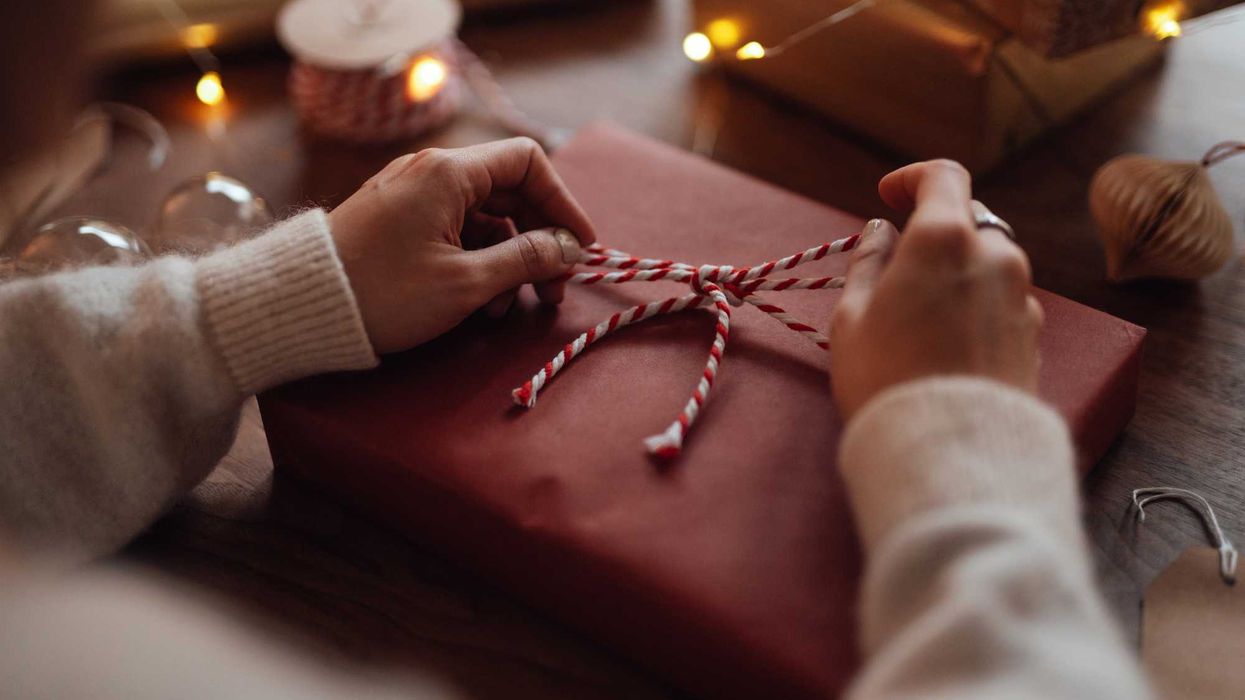America is having a Liz Truss moment. The problem is that America doesn’t have a Liz Truss solution.
Let me take you back to the fall of 2022 when the United Kingdom experienced its own version of political whiplash. In the span of seven weeks, no less than three Prime Ministers (and two monarchs, incidentally) tried to steer the British governmental ship. On September 6, Boris Johnson was forced to resign over a seemingly endless series of scandals. Enter Liz Truss. She lasted forty-nine days, until October 25, when she too was pushed out the black door of 10 Downing Street. Her blunder? Incompetence. Rishi Sunak, the Conservative Party’s third choice, then measured the drapes.
What most people remember of the Truss premiership is the Daily Star wager that a head of lettuce would last longer than Truss. The lettuce won. But Truss’ stint as Prime Minister—the shortest ever, I should note—holds some lessons for America today.
Truss suffered from a self-inflicted political wound. She tried to push through an aggressive tax cut at a time when the financial markets were edgy and inflation was high. She also pledged to increase government spending to counter those stinging inflated prices. As it turned out, hers was a foolish fiscal plan—tax reductions and public spending increases don’t exactly go hand-in-hand—and it failed spectacularly. The tax cuts never materialized, prices didn’t decrease, and the Pound lost a ton of its value. Truss was out.
Her plan was to uproot the existing fiscal conventions, to dislocate the British financial landscape through radically bold and risky economic policy. She envisioned a new domestic world order.
Sound familiar? President Trump is trying to kindle a similar revolutionary spark. He wants a new world order too, and he’s going to use giant tariffs—or at least the threat of giant tariffs—to realize his ambition. Like Truss, he is wagering the future of his country’s financial footing on an experimental and radical strategy. Like Truss, he is leveraging a plan that is almost impossible to simulate. And like Truss, he is staking the country’s very reputation, at home and abroad, on this untested ante.
Americans can only hope that Trump’s tariff train hasn’t gone completely off the rails, as the tax one did for Ms. Truss. Because here’s the thing: The Brits’ system of government enjoys at least one massive guardrail that the U.S. system cannot duplicate: Their head of government, their party leader, their administrative public face, indeed their constitutional chief, can quickly be replaced.
Liz Truss could float a genuinely radical and potentially calamitous idea and, if it didn’t stick, she could be sacked. Pursue an idea that causes domestic and international panic and the shelf life of any British chancellor is short. Donald Trump can’t be sacked. His shelf life is fixed by the Constitution: Four years. That’s a long time, far longer than the five days it took to replace Truss with Rishi Sunak.
In my four decades as a faithful student of the U.S. Constitution, I never imagined that I would question the wisdom of the Framers’ decision to separate the branches. But then again, I never imagined a president who held such disdain for the very conventions and traditions—and the rule of law—that made the office of the president so dignified and reverential. I’m now questioning.
Our system of separation of powers—unlike the parliamentary system in Great Britain—allows the U.S. Congress to shrug at the incoherence of the White House. There is little at stake for the individual members of Congress when the President is issuing controversial executive orders and playing fast and loose with America’s standing in the world. Aside from impeachment and conviction—a toothless process more political now than anything else—Congress has no ability to fire a rogue president.
Not so in Great Britain. The Prime Minister is a member of Parliament, an elected legislative official, so if she is incoherent or too radical or too risky, she can simply be replaced by another member of parliament from the majority coalition party. Hence the lightspeed transition from Truss to Sunak. It’s not a pleasant situation, and it triggers a spate of hand-wringing in London and elsewhere. But it is relatively painless and frequently invoked.
Once again, America’s Constitution is showing its age. A governing charter written for a virtuous and noble George Washington has a hard time standing up to an egoistic and mercenary Donald Trump.
It’s time for constitutional change. A number of proposals have surfaced that get us a bit closer to the British model without sacrificing the principle of separate powers. How about a constitutional amendment that allows for a Congressional vote of no confidence in the President? Or one that offers a national recall election? The bar for each of these possibilities would have to be extraordinarily high so that neither is used as casual political fodder. We’re experiencing too much partisan grandstanding these days.
Or maybe we should rethink the 25th Amendment. Article IV permits the Vice President and a majority of the principal officers of the executive departments to replace the President if he is “unable to discharge the powers and duties of his office.” That is surely unlikely in this environment where those principal officers are hand-selected by the very leader they’re appraising.
No, I’m referring to the next clause of the 25th Amendment, the one that empowers Congress to appoint “[an]other body” to declare a President unfit. That “other body” could be an independent commission, a bipartisan conclave, or a representative sample of everyday citizens. It could be anyone. I could even imagine that it would be a good role for Article III judges on “senior status.” My point is that we might need that “other body.” Now and in the future.
If all this sounds strange, it probably is. Constitutional reform is always a bit out there. But before we completely dismiss the notion that Congress might invoke Article IV of the 25th amendment maybe we should ask ourselves if the proposal is any more bizarre than a process whereby a majority of legislators from the lower house can impeach a president but he isn’t convicted and removed from office, except by a vote of two-thirds of the upper house.
Make more sense? I’m not so sure.
Beau Breslin is the Joseph C. Palamountain Jr. Chair of Political Science at Skidmore College and author of “A Constitution for the Living: Imagining How Five Generations of Americans Would Rewrite the Nation’s Fundamental Law.”




















